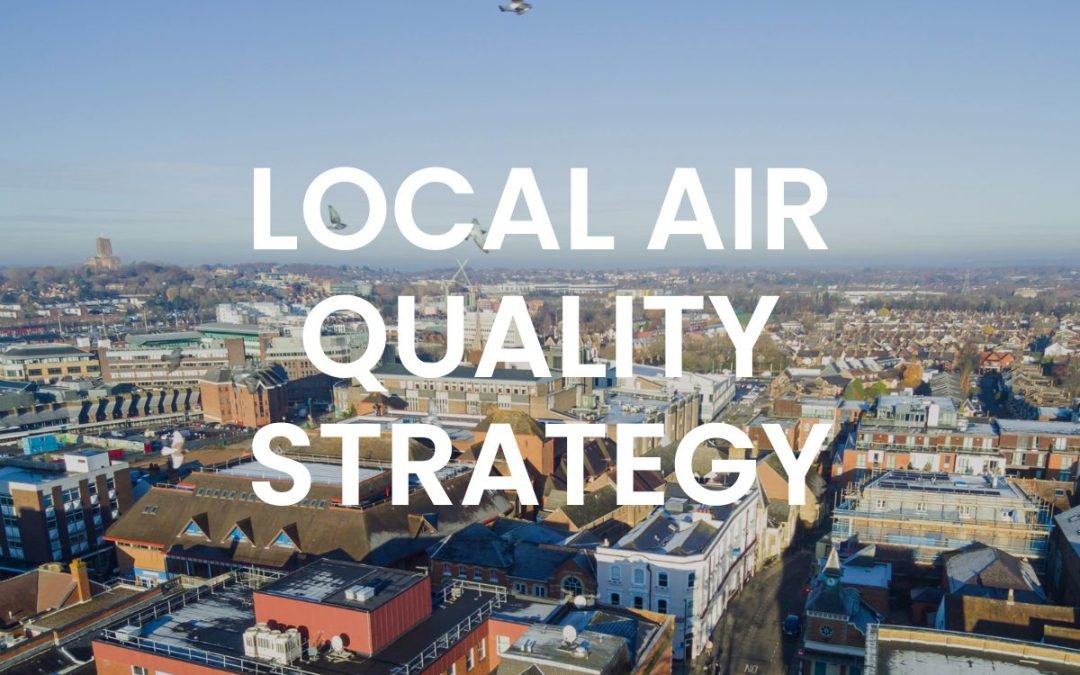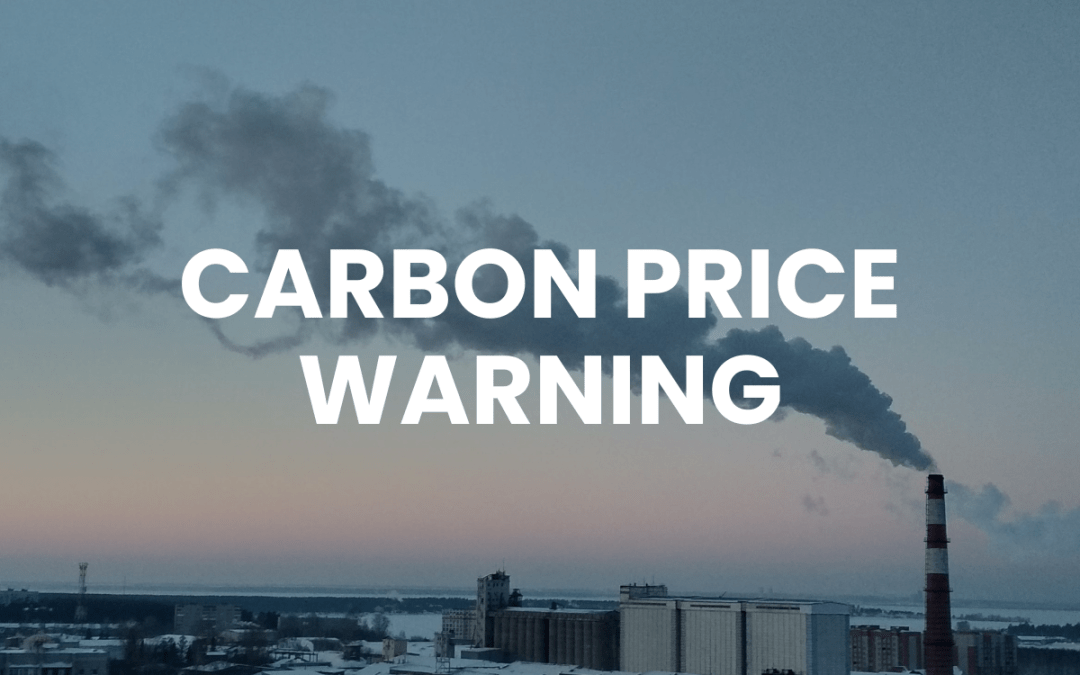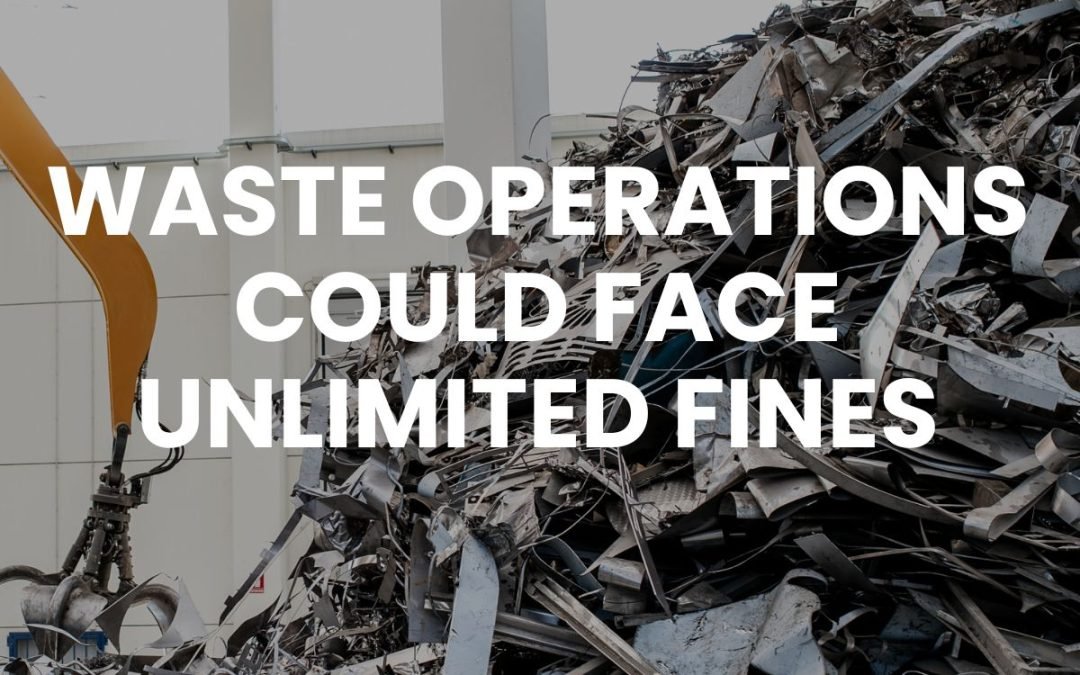Construction Sites and Air Pollution
The Department for Environment, Food and Rural Affairs (DEFRA) has confirmed that one of the main sources of dust particles is construction sites and built environments. Activities involved in construction such as operating machinery and demolition are generating air pollution which is ultimately leading to adverse health outcomes.
In the UK alone, it is estimated that approximately 500 construction workers die every year due to lung cancer which may have been caused by exposure to construction dust. The British Safety Council has reported that outdoor workers in London are exposed to pollution which exceeds the World Health Organisations guidelines.
Construction dust particles from cement, wood, silica, and concrete are classified as PM10, and research relating to PM10 indicates that it can penetrate into lungs and develop into cancer and other respiratory diseases.
Air Pollution: the Consequences
According to the UK Green Building Council, 40% of the UK’s carbon emissions are coming from built environments, and the industry has a responsibility to address this issue.
The air pollution caused by construction does not only affect those working on the sites, but also those in the same locality. Wind moves the air pollution around the atmosphere quickly thereby affecting those nearby, and having serious health consequences for those who have respiratory conditions. Current evidence suggests there is a link between construction work and lung cancer and other respiratory diseases.
More qualitative research is needed on the impact of construction dust on the health of construction workers, this research will then inform and guide policy makers to ensure there is sufficient regulation and compliance.
What is clear is that traditional monitoring is no longer sufficient, and is only leading to increased costs, site stoppages, community complaints, and breaches. Air pollution from construction sites does not only affect human health, it also adversely impacts the environment affecting the biodiversity of local plants and animals.
What is needed is:
- – More policy and regulatory legislation
- – Qualitative research relating to the links between construction work and air pollution to inform the policies
- – UK to adhere to World Health Organisation exposure limits for pollutants including particle matter and nitrogen dioxide
- – Health and Safety Executive to acknowledge that air pollution from construction sites is an occupational health issue
Environmental Impact Assessments
In addition to the above, those managing construction sites need to ensure that Environmental Impact Assessment Regulations are carried out to assess and monitor emissions at different stages of construction projects.
Real-time and repeated measurements relating to air quality are essential if companies want to ensure that they can accurately measure and track air pollution, and compliance. EMSOL can inform companies in real time which vehicles on site are polluting so they can mitigate and manage the pollution to achieve air quality targets.
Until recently, sites have used passive and retrospective air quality monitoring, this data is unspecific so they might know there is a problem but not what caused it. EMSOL provides essential unified data of the emissions from all vehicles transiting through sites, making it easy and simple for teams to know where the problem is. Simply put, this means that pollution can be reduced.
Companies need to ensure that they have measures in place to prevent an escalation of air pollution, but this can only be done if they have accurate and relevant information which identifies when pollution reaches unsafe levels. In-depth assessments will shorten delays on site, prevent worker ill-health, and ensure companies are able to construct in a safe and sustainable way.
Time to act
It is clear that air pollution is not something the construction industry can ignore. Not having proper assessments, precautionary measures, and contingency plans to manage air pollution will directly affect the site, the site workers, and those living close by.
The industry has a responsibility to control and limit the amount of air pollution exposure, and this can only effectively be done if there is a clear way of assessing the level of emissions and knowing what precautions are required to limit any harm arising from the emissions.
Managing air pollutants can positively impact businesses by facilitating sustainable working practices, improving reputation, and establishing themselves as frontrunners in restricting air pollution. Find out more about how improving air quality can also help improve business in our new white paper.





